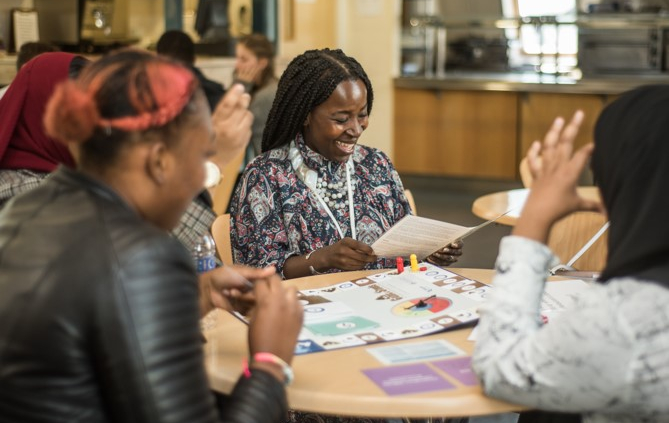The cost of the school day for young Londoners
Reconnect London recently invited the Child Poverty Action Group (CPAG) to share with our network the findings of their Cost of the School Day project.
CPAG’s work highlights the challenges faced by low income families when accessing education in the UK. In theory, schooling is both compulsory and free at the point of access. CPAG’s research shows that, in reality, families face a multitude of costs which create additional barriers for children and young people from low income backgrounds. This includes the high cost of some school uniform items, materials needed for art or food technology lessons and the prohibitive cost of extra-curricular activities and school trips.
A key aim of our network is to help school leaders to better understand the challenges faced by vulnerable and disadvantaged children and young people in London. Our members are committed to working together collaboratively to meet the needs of young Londoners following the Covid-19 pandemic. We are particularly concerned about the disproportionate impact of the pandemic on those who are vulnerable or disadvantaged. There is, therefore, a natural affinity between the work of Reconnect London and the Child Poverty Action Group.
At our network meeting, Georgina Burt from CPAG highlighted some of the key findings of the project. These were all seen by network members as being relevant to the experience of young Londoners in the post-pandemic context. This includes:
The way in which living in poverty affects students’ curriculum choices, including students opting out of GCSE and A-levels subjects such as art or food technology because of the perception that they are likely to lead to increased costs which families will not be able to afford.
The cost of ‘school fun’ and how coming from a low income background affects students’ participation in extra-curricular activities, not only in relation to overseas trips but also charity fundraising, non-uniform days and other similar events.
Challenges relating to free school meals, including portion sizes and hidden costs, such as children not being allowed to use their free school meal allocation at breaktime or not having it rolled over from one day to the next.
One of the most powerful things about CPAG’s work is the way in which they foreground the voices and experiences of children and young people. As part of the Cost of the School Day project, practitioners aim to speak to every child in the schools involved. As a result, they are able to create an extremely robust evidence base which includes compelling first-hand accounts from school pupils about their school experiences. These accounts make clear how young people are affected by the experience of living in poverty, how this shapes their school experiences and what can be done to help. The voices of these children and young people make a powerful case for change to headteachers and policy-makers.
In London in 2022, about 37% of children live in poverty. That means there are around 700,000 children and young people whose families do not find it easy to pay for school uniform, school meals or extra-curricular activities. More than a third of children in London are likely to feel constrained in their curriculum choices because of their families’ financial circumstances. On average, eleven children in a class of thirty in any London school are likely to find it difficult to take part in non-uniform days or charity fundraising activities.
As we continue to try to work out how best to meet the needs of London’s children and young people following the pandemic, a key focus must be on support families from low income backgrounds. If our pupils do not have enough to eat, if they cannot afford the clothes they need, if they cannot fully participate in the curriculum, there seems little hope that they will achieve their potential in school. The Cost of the School Day project offers clear, helpful and often cost-neutral suggestions for how schools can mitigate the impact of poverty on their pupils. Even more importantly, it highlights in a powerful way the importance of trying to solve the root cause of the issue: the poverty in which too many children in our capital city are growing up.





Leave a Reply
Want to join the discussion?Feel free to contribute!